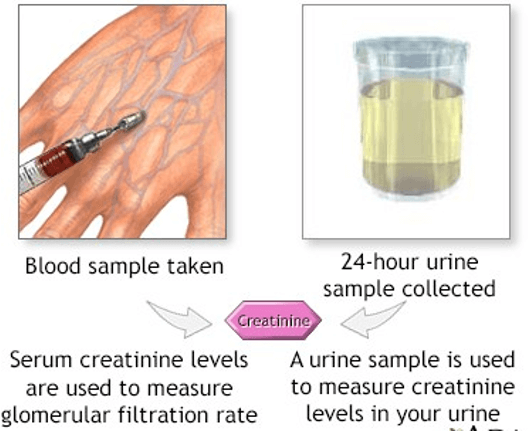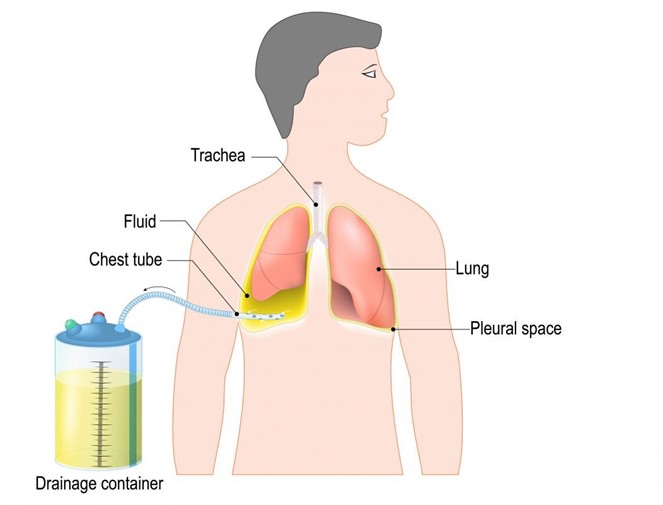A nurse on a mental health unit observes a client yelling at another client. Which of the following actions should the nurse take first?
State expectations for the client's behavior.
Request security personnel restrain the client.
Place the client in seclusion.
Debrief staff members about the conflict.
The Correct Answer is A
The correct answer is Choice A.
Choice A rationale: By stating expectations for the client’s behavior, the nurse is addressing the immediate situation and setting clear boundaries. This intervention allows the nurse to assertively communicate with the client, reminding them of appropriate behavior and potentially diffusing the situation1.
Choice B rationale: Requesting security personnel to restrain the client should be a last resort, used only when the client poses a significant risk to themselves or others and all other de-escalation techniques have failed. Restraint can be traumatic and has potential physical and psychological risks.
Choice C rationale: Placing the client in seclusion is another measure that should be used sparingly and only when necessary for the safety of the client or others. It’s important to try less restrictive measures first, such as verbal de-escalation techniques or offering a quiet, private space where the client can regain control.
Choice D rationale: Debriefing staff members about the conflict is an important step, but it should not be the first action. The immediate priority is to ensure the safety of all clients and to de-escalate the situation.
Nursing Test Bank
Naxlex Comprehensive Predictor Exams
Related Questions
Correct Answer is C
Explanation
C, "You can begin collection of urine after discarding your first morning void."
A 24-hour creatinine clearance test is used to evaluate how well the kidneys are functioning by measuring the amount of creatinine in the blood and urine over a 24-hour period. During the test, the client is asked to discard their first morning void and then collect all urine for the next 24 hours.
Option A is incorrect because a protein-rich diet can affect the creatinine levels in the urine, which can result in inaccurate test results. Therefore, the nurse should advise the client to avoid a protein-rich diet during the collection period.
Option B is incorrect because blood glucose levels are not relevant to a 24-hour creatinine clearance test. Therefore, the nurse should not ask the client to record their blood glucose level each time they void.
Option D is incorrect because using an antiseptic towel to cleanse the perineal area can also affect the test results by introducing contaminants into the urine sample. Therefore, the nurse should advise the client to cleanse the perineal area with soap and water or an alcohol wipe.

Correct Answer is ["B","E"]
Explanation
b. Ensure the chest tube remains below the level of the client's chest.
e. Reinforce loose dressing around the tube.
When managing a chest tube, it is important for the nurse to ensure that the chest tube remains below the level of the client's chest¹. This helps to prevent air from entering the pleural space and allows for proper drainage of fluid. The nurse should also reinforce any loose dressing around the tube to maintain a secure seal¹.

Whether you are a student looking to ace your exams or a practicing nurse seeking to enhance your expertise , our nursing education contents will empower you with the confidence and competence to make a difference in the lives of patients and become a respected leader in the healthcare field.
Visit Naxlex, invest in your future and unlock endless possibilities with our unparalleled nursing education contents today
Report Wrong Answer on the Current Question
Do you disagree with the answer? If yes, what is your expected answer? Explain.
Kindly be descriptive with the issue you are facing.
